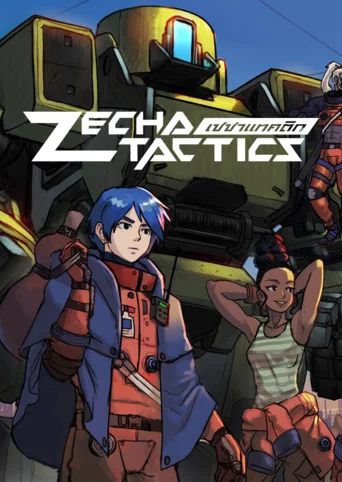
Zecha Tactics (2021)
Genres:Role-playing (RPG), Adventure, Turn-based strategy (TBS), Indie, Tactical
Themes:Action, Warfare
Game modes:Single player
Story:Zecha Tactics is a blend of Mecha tactics, story driven RPG, and mercenary outfit management.
Vote to bring this game to GOG and help preserve it.18
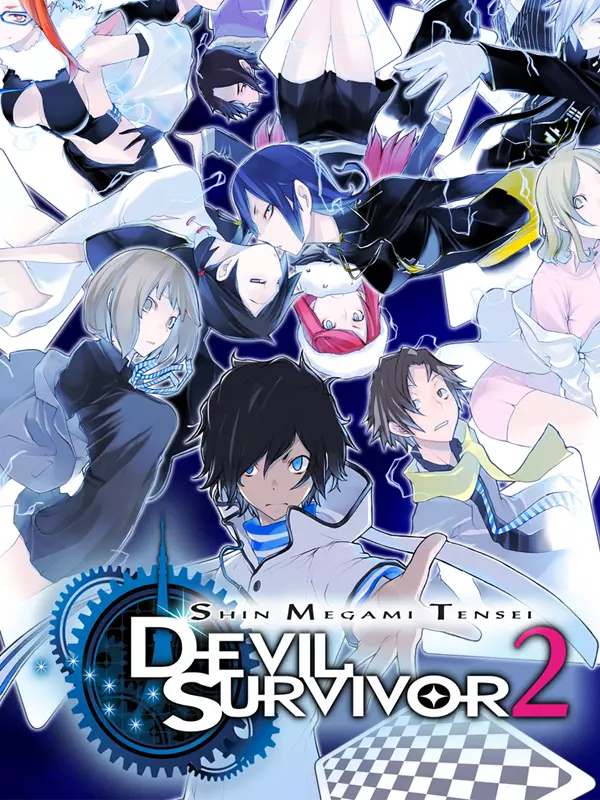
Shin Megami Tensei: Devil Survivor 2When a new website that shows the manner of people's deaths in advance makes the rounds amongst Japanese high schoolers, a trio of students is shocked to witness their own deaths in a terrible subway accident just minutes away. They narrowly escape the carnage, only to find themselves in a worse situation--facing otherworldly demons. Desperate to survive, they fend off the demons and flee, but the destruction at the station is only the beginning...Horror Science fiction

Death GateDeath Gate is a classic adventure game from the much revered Legend Entertainment. The studio is known for developing games that include exceptionally well crafted puzzles and a wacky sense of humor which frequently breaks the fourth wall and plays to a wide assortment of offbeat puns. Moreover, the company has emerged with a winning streak of fantasy and sci-fi games based on popular literature adaptations. The most famous of these are Frederick Pohl's Gateway and Terry Brooks' Shannara.
In 1994, Legend Entertainment has chosen to adapt not 1 book but the whole series of 7 books by Margaret Weis and Tracy Hickman known as The Death Gate Cycle. The original release of the game even includes a special gift for fans of the book series, namely an exclusive short story written by the same authors that tells some of the history of the mysterious Assassin's Guild from the series.
In Death Gate, the player is cast in the role of a freshly freed Patryn—a young, brave wizard named Haplo. By his deeds in the Labyrinth, he has gained Xar's trust to be sent as a scout to the other 4 realms. The way between them leads through a mystical portal known as the Death Gate. For his journey, Haplo is handed not a single but several quests to complete. He must first explore the realms, learn about the new lands, and find the pieces of the World Seal that will allow the reformation of the world to its original whole. He must also retrieve as much of forgotten magical lore as he can, and find runes that will allow him to enter all the other realms. Finally, and most importantly, he must find out what has happened to the Sartan who seem to have vanished somewhere long ago, so that Xar will be able to bring them to the proper Patryn justice.
The game, by taking inspiration from the first 4 books, creates a certain unique experience for the player that stands out among other fantasy adventures. There is an unusually layered structure based on the initial premise of the 5 separate realms, since the consequences of the sundering run much deeper than mere differences in landscapes. From realm to realm life conditions vary enormously, including geography, history, fauna, flora and astronomical bodies. For each realm, the population is divided into very specific societies, although many attributes of each race remain common. Several royal families, powerful guilds, and wealthy, independent merchants all have their own specific goals and ambitions that are not at all connected to the grand schemes of the Patryn and the Sartan, which they mostly are unaware of at this time after centuries of their absence. The distinctiveness of each culture's circumstances and the individual diversity of the larger and smaller schemers within the cast of characters give a special magic and wonder to the proceedings in the game, especially when the player visits a new realm for the first time and starts exploring it. The worlds possess a mysterious, intriguing flavor, but with a touch of whimsical surprises from nearly everywhere. Each encounter with Xar between travels reveals more information concerning the whole mechanics that connect these realms.
Death Gate contains some exceptionally good voice acting. This is especially true for Henry Strozier who plays the role of Xar. He carries a low, charismatic, and authoritative voice that perfectly befits a character with a brave heart, long experience, deep wisdom, but a good share of arrogance. He shines for good measure too, since the player will spend more time conversing with his character than any other in the game. Haplo, who is only heard in conversations, voiced by David DeBoy, does not have a plain, uninteresting voice either. He sounds slightly arrogant and lordly like his master, but also rather youthful, yet manly enough to give an air of independency.
The MIDI music in Death Gate is very well done. The compositions are perfect for an epic fantasy setting. The tunes are often light and comforting, but they can change dramatically to a more majestic tone when visiting the king's palace and to a darker motif when exploring the undergrounds of Abarrach, the vicious Labyrinth, or the deadly Assassin's Guild.
Aside from Haplo and Xar, several other characters from the books also make an appearance in the game. Many of them, however, have been greatly simplified and reduced to only episodic roles with little development. Many major characters from the books are missing altogether, most notably Alfred, whose role is crucial in bringing out Haplo's characterization in the literary originals. On the other hand, some of the memorable archetypes from the books are used in new, interesting ways. For example, a boy named Bane has been recast into a different child with a different life and social standing, though both share a very similar personality. The character that stays most true to the canon is the whimsical, crazy wizard Zifnab, who appears in all his pun infested glory. In general, the plotlines are less violent and happier than those in the books, and the characters show less moral ambiguity.
Death Gate plays like a traditional point-and-click adventure game, but like a role-playing game it is as much about being free to explore the fictional world as about following a foreordained storyline thread. There is quite a bit of narrative text, diaries, historical documents, and dialogs to sieve through. They are all well written and are rather fascinating, since everything is directly connected to the quests the player needs to complete or the puzzles the player needs to solve. There is a fine dose of humor in the game too, but nothing so unsubtle that may distract from taking the main conflicts of the story seriously. From this stance, Death Gate is actually quite a departure from the largely comical gallery of previous game titles from Legend Entertainment.
The puzzles in Death Gate are a bit on the easy side, but the enjoyment they give is very well balanced by their ingenuity. The wealth of subplots, quests, plot twists, and deceptions add a lot of tension to the player's own proceedings. There is a certain logic and buttons based puzzle that is rather hard to beat. However, the player can ask for help from the game to solve it (or even skip over it). In general, the difficulty level of the game lies somewhere between easy and medium. The player can die in the game, but there is an option available to undo the player's last fatal action.
Comparison with the books quickly reveals some of the obvious budgetary or time constraints the developer must have faced during Death Gate's development. Pryan, the realm of fire, is build of elements taken not only of this realm in its original form but also of Chelestra, the realm of water. Consequently, the latter realm has shrunken to a very limited scope in the game. The smallness of Chelestra comes in the game as a particular disappointing revelation, since it is the last of the elemental realms that the player visits.
The interface used in Death Gate has evolved from the original Legend Entertainment's interactive fiction interface. There is an always available standard list of commands (such as Take, Look at, or Use) for the player to choose from, reminiscent of Lucasarts' SCUMM interface. In addition, extra action commands specific to an object appear when it is clicked. For example, when clicking on a door, apart from the standard list of verbs, there are added options to unlock, knock, or eavesdrop on the door. There are many actions which are not necessary to complete the game but which trigger funny responses specific to the situation. Altogether, the interface is a clever compromise between the sense of freedom achieved through a text parser and the simplicity of contemporary point-and-click style.
Gameplay in Death Gate draws on a few gimmicks that are typical of role-playing games. For some parts of the game, the player is able to have a party of several characters. There is also a process of collecting magical spells, even though they have been tweaked for solving puzzles instead of combat. A spell is constructed by connecting runes in a combination. After that, it is traced in the air by Haplo with his hands to bring the spell into motion. The player will be able to learn many spells in the game, mostly from the mensch. This is an important diversion from the canon, as the mensch from the books possess a different kind of magic altogether.
The high resolution graphics of the game will remind fans strongly of fantasy literature illustrated covers. The characters are beautifully detailed in high resolution, but rarely fully animated. However, their faces are always incredibly alive, especially in conversational close-ups. When exploring the game world, the player will notice many intricate but small animations in otherwise generally static sceneries. Major events occurring in the game are partially described in narrative text and partially presented as cut scenes. Sadly, the number of background illustrations in the game is a bit limited. All locations are shown from only a single point of view. Sometimes, the player is drawn to something interesting drawn at the edge of an illustration but is unable to look closely to find out more about it.Fantasy

Beyond Castle WolfensteinLike its predecessor, Beyond Castle Wolfenstein is a combination action and adventure game. It is set in World War II during Adolf Hitler's rule as Chancellor of Germany. The objective of the game is to traverse all the levels of the secret Berlin bunker where the Führer is holding secret meetings with his senior staff. The player must retrieve a bomb that the operatives have placed inside the bunker and place it outside the door of the room where Hitler is holding his meeting, a scenario bearing a passing resemblance to the July 20 plot.Action Fantasy Historical Stealth
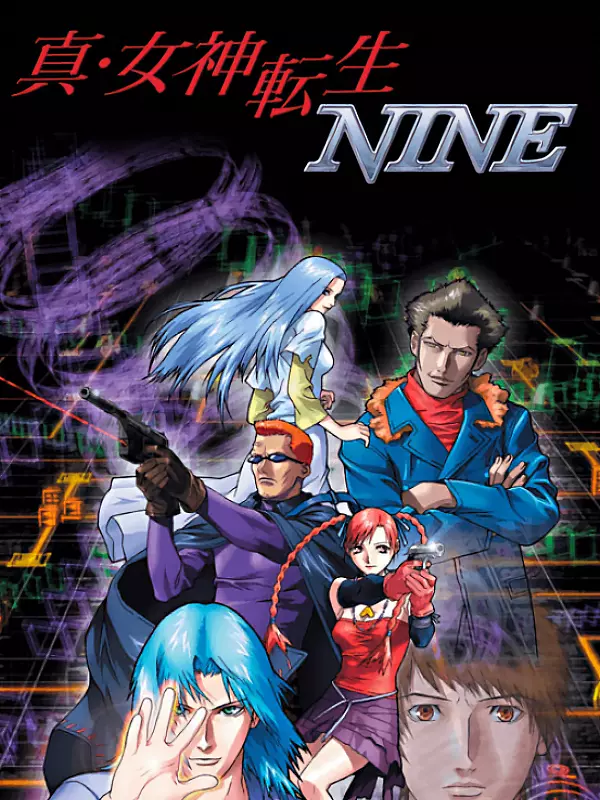
Shin Megami Tensei: NineShin Megami Tensei: Nine was published by Atlus and released on Xbox, exclusively in Japan, in 2002.
Forming part of the Megami Tensei series, Nine takes place in the period of time between Shin Megami Tensei and its sequel, with the survivors of Tokyo's destruction sheltering in underground bunkers. Taking on the role of a debugger, the player navigates the Idea Space virtual world set up by the survivors of Tokyo's destruction, which has come under attack by demonic beings called "noise". The gameplay has the player navigating a customized avatar in third-person through the virtual world of Tokyo, battling enemies using a real-time command-based battle system. Despite its title, it is the eighth game in the Megami Tensei series. The game's title instead refers to the number of possible moral alignments available to players.Action

Resident Evil VillageResident Evil Village is a first person survival horror and the sequel to Resident Evil 7: Biohazard. The game maintains elements from previous Resident Evil games with players having to scavenge environments for items and manage their resources. However, it adds more action-oriented gameplay, with higher enemy counts and a greater emphasis on combat.Action Horror Stealth Survival
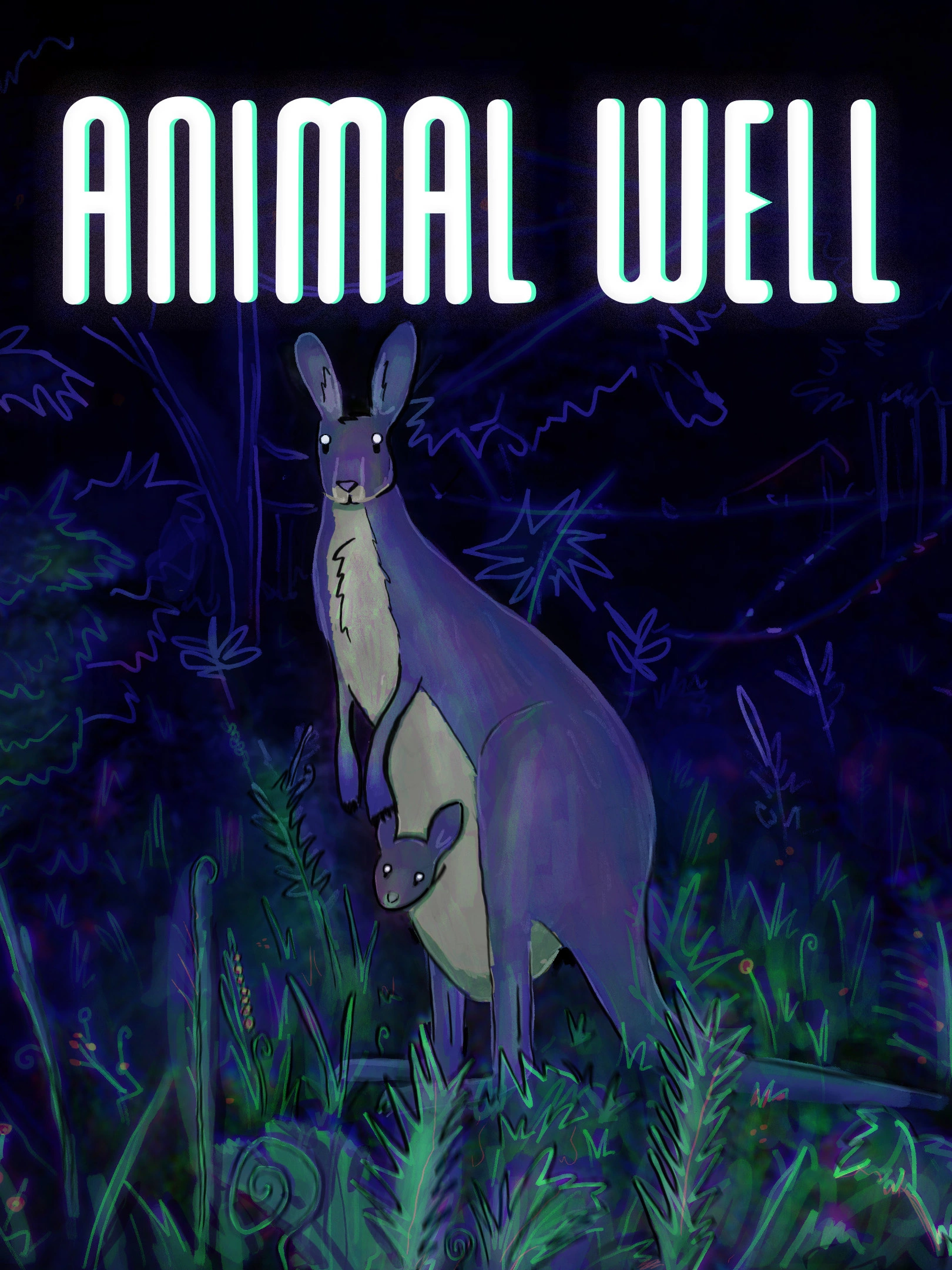
Animal WellWhat lurks beneath the surface of this deceptively minimalistic adventure? In Animal Well there is more than what you see. Explore a dense interconnected labyrinth, and unravel its many secrets. Collect items to manipulate your environment in surprising and meaningful ways. Encounter creatures both beautiful and unsettling, and try to survive what lurks in the dark.Action Horror Survival Mystery
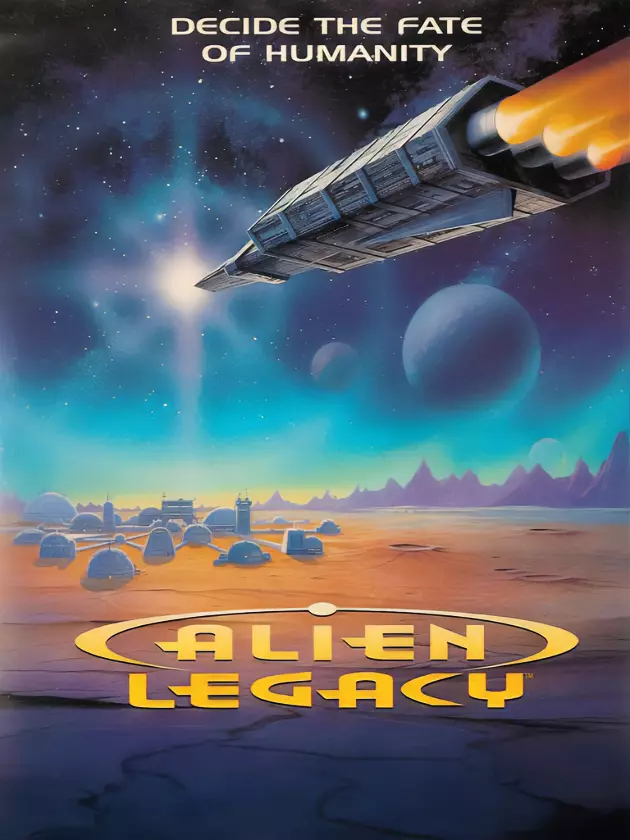
Alien LegacyAlien Legacy is a sci-fi strategy game developed by Ybarra Productions and published by Sierra On-Line in 1994 for MS-DOS.Warfare Science fiction 4X (explore, expand, exploit, and exterminate) Mystery
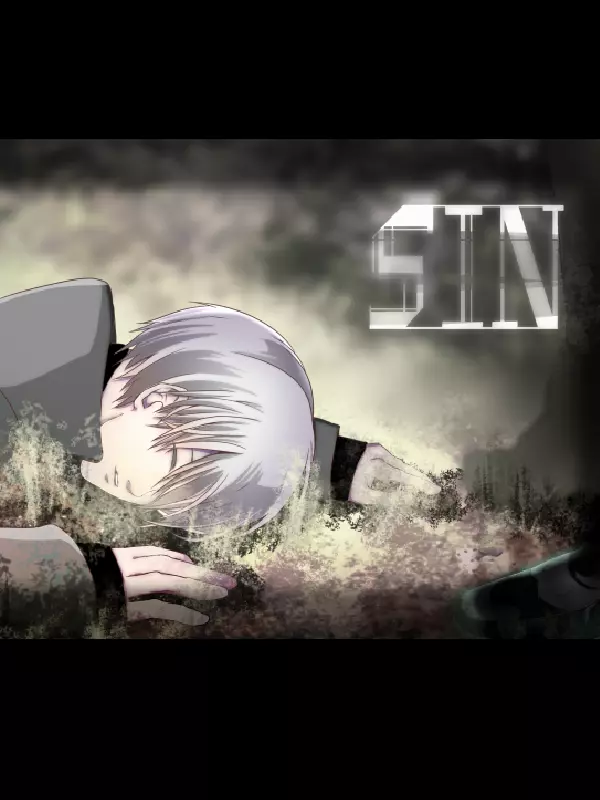
SinUpon waking, Elm finds all his memories to be blank. A mysterious man known as Oak bestows a trial upon him, which Elm accepts upon the condition that his memories will be returned should he succeed. Numerous “Destinations” are left incomplete, their fragments scattered across the world. Elm’s past, Oak’s motive, and the mystery cloaking this world…what could they be?Horror
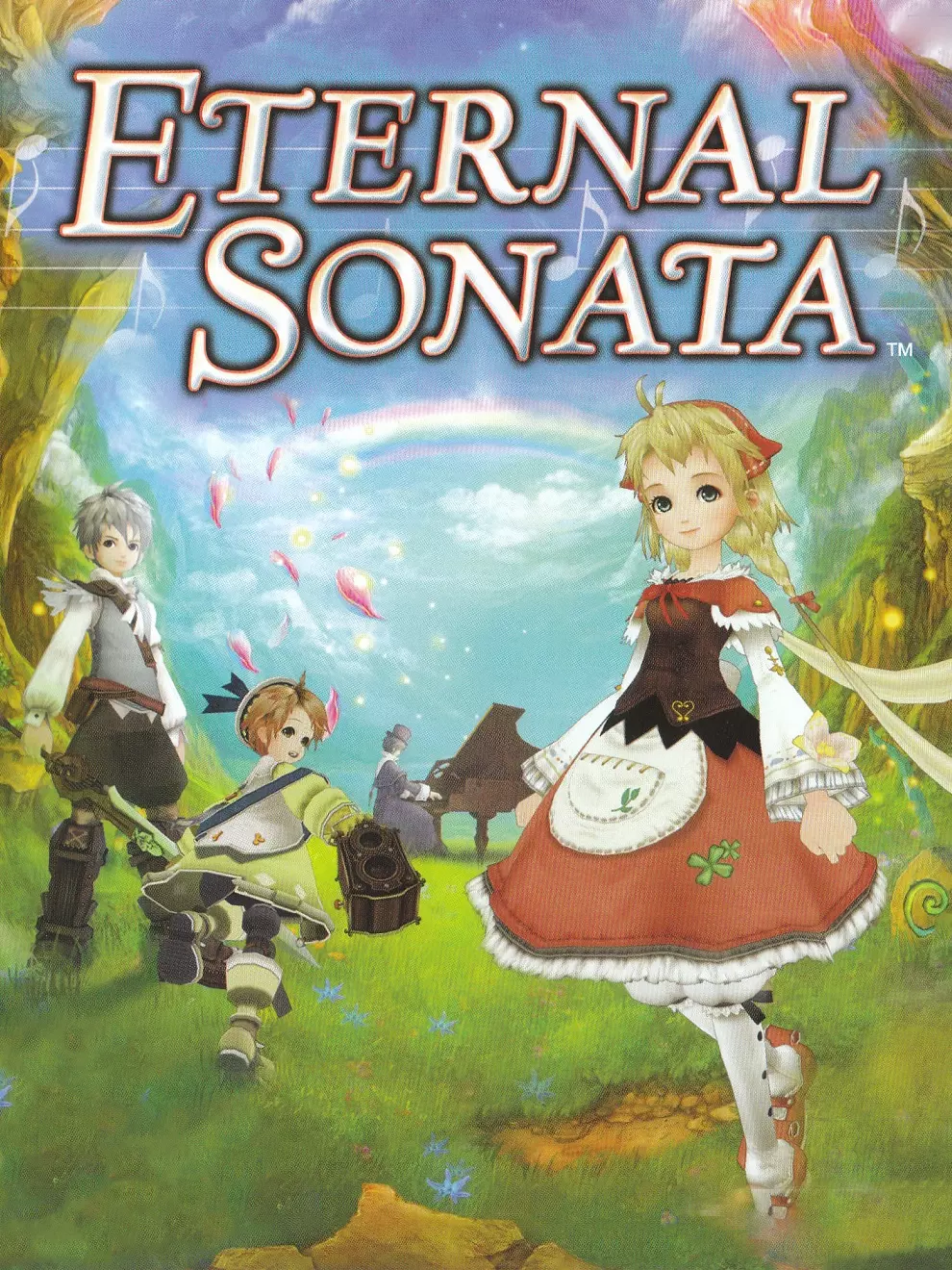
Eternal SonataEternal Sonata is a role-playing video game developed by tri-Crescendo and published by Namco Bandai Games.
The game is centered on the Polish romantic pianist and composer Frédéric Chopin, who died of tuberculosis at the age of 39. The story envisions a fictional world dreamed by Chopin during his last hours that is influenced by Chopin's life and music, and in which he himself is a playable character, among others. The game's battle system centers on musical elements and character-unique special attacks. Light and darkness play a part in the appearance and abilities of enemies on the battlefield, as well as the types of magic that can be cast.
The game features a selection of Chopin's compositions played by pianist Stanislav Bunin, though the original compositions were composed and arranged by Motoi Sakuraba. It is notable for its use of classical piano pieces, educational cutscenes featuring real paintings and photographs (in contrast to the cel-shading graphics of the game) and lush landscape design.Open world
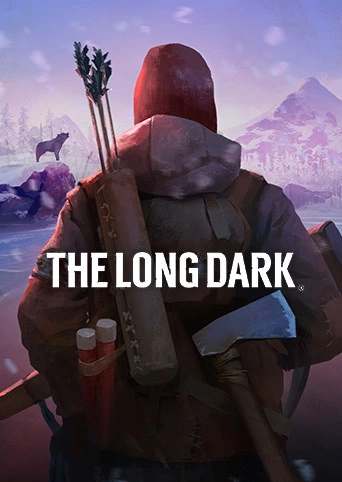
The Long DarkWelcome to The Long Dark, the innovative exploration-survival experience Wired magazine calls "the pinnacle of an entire genre". The game is a thoughtful, exploration-survival experience that challenges solo players to think for themselves as they explore an expansive frozen wilderness in the aftermath of a geomagnetic disaster. There are no zombies but only you, the cold, and all the threats Mother Nature can muster.Open world Action Sandbox Survival
